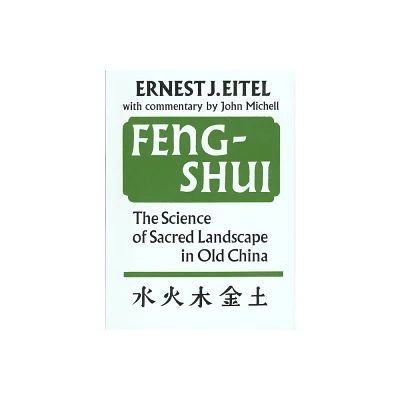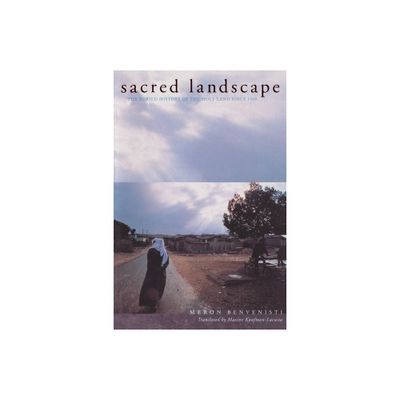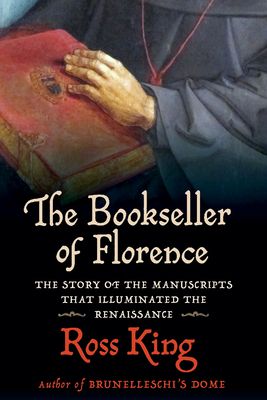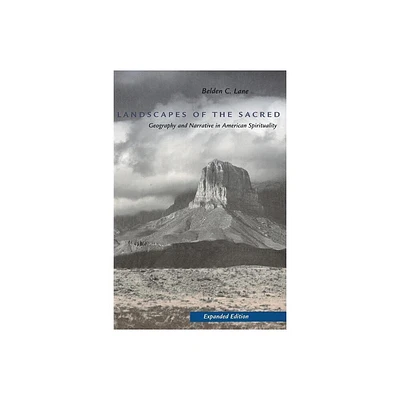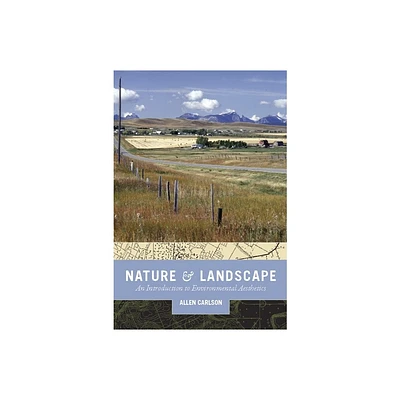Home
Sacred Landscapes: Nature in Renaissance Manuscripts
Loading Inventory...
Barnes and Noble
Sacred Landscapes: Nature in Renaissance Manuscripts
Current price: $24.95


Barnes and Noble
Sacred Landscapes: Nature in Renaissance Manuscripts
Current price: $24.95
Loading Inventory...
Size: OS
*Product Information may vary - to confirm product availability, pricing, and additional information please contact Barnes and Noble
Distant blue hills, soaring trees, vast cloudless skiesthe majesty of nature has always had the power to lift the human spirit. For some it evokes a sense of timelessness and wonder. For others it reinforces religious convictions. And for many people today it raises concerns for the welfare of the planet. During the Renaissance, artists from Italy to Flanders and England to Germany depicted nature in their religious art to intensify the spiritual experience of the viewer. Devotional manuscripts for personal or communal usefrom small-scale prayer books to massive choir bookswere filled with some of the most illusionistic nature studies of this period.
Sacred Landscapes,
which accompanies an exhibition at the J. Paul Getty Museum, presents some of the most impressive examples of this art, gathering a wide range of illuminated manuscripts made between 1400 and 1600, as well as panel paintings, drawings, and decorative arts. Readers will see the influence of such masters as Albrecht Dürer, Jan van Eyck, Leonardo da Vinci, and Piero della Francesca and will gain new appreciation for manuscript illuminators like Simon Bening, Joris Hoefnagel, Vincent Raymond, and the Spitz Master. These artists were innovative in the early development of landscape painting and were revered throughout the early modern period. The authors provide thoughtful examination of works from the fifteenth through seventeenth centuries.
Sacred Landscapes,
which accompanies an exhibition at the J. Paul Getty Museum, presents some of the most impressive examples of this art, gathering a wide range of illuminated manuscripts made between 1400 and 1600, as well as panel paintings, drawings, and decorative arts. Readers will see the influence of such masters as Albrecht Dürer, Jan van Eyck, Leonardo da Vinci, and Piero della Francesca and will gain new appreciation for manuscript illuminators like Simon Bening, Joris Hoefnagel, Vincent Raymond, and the Spitz Master. These artists were innovative in the early development of landscape painting and were revered throughout the early modern period. The authors provide thoughtful examination of works from the fifteenth through seventeenth centuries.


